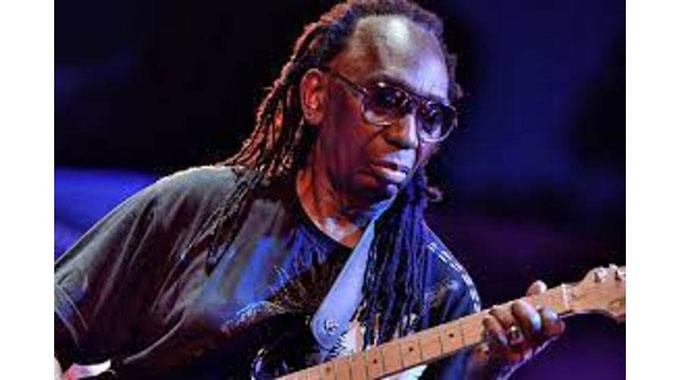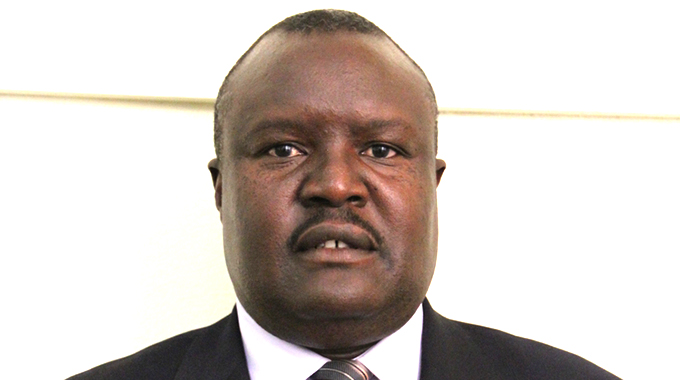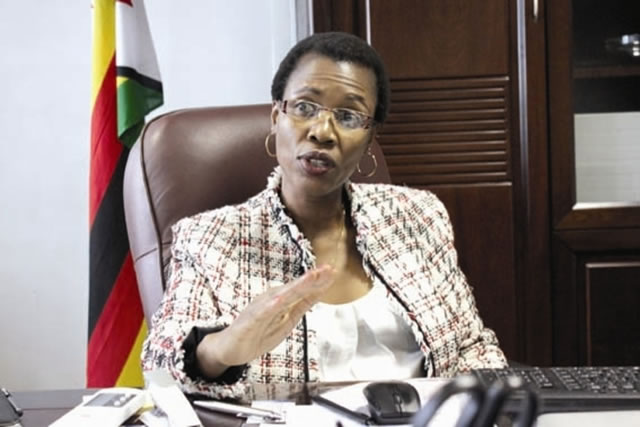Songs that oiled the liberation struggle

Isdore Guvamombe
At the whack of Zimbabwe’s armed liberation struggle in the 1970s, a new music genre was born and it quickly became popular as it identified and resonated with the black majority’s struggle for better life, for dignity and indeed to regain resources plundered by white Rhodesians, using systematic white supremacist tactics.
Chimurenga music delivered messages of political and social protest through a blend of popular styles, and at times the music came along with the Mbira instrument- a traditional and spiritual thump piano- that identified with the black people, their struggles and spirituality. And, because the whole struggle was spiritual, traditional instruments, codified folklore songs, changed in lyric and text became life itself.
Organised choirs, compositions in situ; songs celebrating battles won; songs giving courage and hope and songs demining the Rhodesian regime and those who supported it, all became part of the war mantra.
I use the name Chimurenga loosely here as a collective term for that genre of music that promoted the struggle, that educated the masses about the struggle, that inspired freedom fighters and everyone elseto fight.

Chimurenga music anchored inspiration of ancestral spirits of the First Chimurega, Nehanda, Kaguvi and veteran politicians Herbert Chitepo and others. In short it spoke to the ambitions and aspirations of the b lack people.
Am oblivious of the fact that Thomas Mukanya Mapfumo popularised the music and eclipsed everyone else in the country that time.
And on his part, Mapfumo’s songs ‘‘Hokoyo’’, ‘‘Nyoka Musango’’, ‘‘Tumira Vana Kuhondo’’, ‘‘Kuyaura Kwevasina Musha’’, ‘‘Chiruzevha Chapera’’, ‘‘Nhamo Yamakandiwa’’, ‘‘Zevezeve’’, ‘‘Pamuromo Chete’’ and many others became instant hits and landed him in trouble.
As the war raged on, the Rhodesian regime recognized music as a serious threat to its authority and got agitated by such lyrics like: “VaChitepo varipi vatitungamirire? Chembere dzekuno dziripi dzitipe makona, kutipa makona tiwane kuuraya mhandu . . . N’anga dzekuno driripi dzitipe makona tiwane kuraya mhanu yanesta . . . Kuyaura kwevasina musha iwe . . .” on the song “Kuyaura Kwevasina musha”. This coming after the assassination of Zanu chairman Herbert Chitepo stoked emotions that oiled the struggle. And the appeal for a broad-based war was clear, hence it landed Mapfumo in six months in jail at Chikurubi Maximum Prison in 1977.
And, “Uraya mhandu musango” on “Zevevezeve”, sparked anger and urged freedom fighters to intensify the war and kill the enemy. It was so direct.
Late national hero Oliver Mtukudzi also played a large but was mainly subtle and springing to surprising stinging lyrics at times. Songs like ‘‘Gunguwo’’ and ‘‘Rova Ngoma Mutavara’’.

The late Dr Oliver Mtukudzi
Nguwo (the crow) was largely interpreted to deride Bishop Abel Muzorewa, with his black church regalia and while colar. His political survival antics suited the unstable movement of the scavenging crow. It made the waves during the ill-fated internal settlement, in which Muzorewa became the prime minister.
His song “Dzandimomotera” also spoke to the people’s struggle.
Throughout the war, Chimurenga Music remained popular and stylistically diverse and designated a wider spectrum of protests and lyrics were traditional and deep.
The freedom fighters themselves adopted the songs used them and dance to whip morale and educate the masses during night vigils.
Other talented cadres like Cde Vhu, LMG Choir and Dick Chingaira (Cde Chinx)
“Hayo Makomo”, “Mukoma nhongo bereka sabhu tiende” “Nyika yedu yeZimbabwe”, “Ruzhinji rwatsidza”, “Sendekera mukoma Chakanyuka” and “Emoyeni Kuyatshisa,” continuously sang and danced to by freedom fighters and the povo during the armed struggle.

Dickson “Chinx” Chingaira, a Zimbabwean revolutionary and musician died of cancer at the age of 61.
Groups like Kasongo Band comprising Mukoma Ketai Muchawaya, Knowledge Kunenyati and Marko Sibanda, and others also churned out songs that motivated the masses.
In war, emotional stress resulting from the deaths, injuries, and violence and living in the bush away from the comfort of one’s home and family needed some soothing, and that soothing came through music.
During that time, freedom fighters held night vigils known as ‘pungwes’ and these were gatherings meant to provide entertainment, relieve stress and give credence to the war. One other very popular song was the Maoist version of “Nzira Dzemasoja” which guided the conduct of the freedom fighters during the execution of the war.
Ii spoke to the dos and don’ts of the war, the behaviour, the rules and regulations to guide the fighters.
Music also worked in recruiting the masses to join the struggle.
The masses themselves also composed a lot of situational songs as their hearts and souls accompanied the war.
It is difficult to capture each and very composer and each and very singer, even each aver song.
But it remains fact not fiction that song and dance became to core of the struggle, song and dance oiled the struggle, soothed many souls and indeed captured every moment of the struggle.
On April 18 1980, the curtain came down crashing on colonialism and ushered in a new era of independence and even then, song and dance celebrated the new nation.
The music then and thereafter, is subject for another instalment soon.











Comments